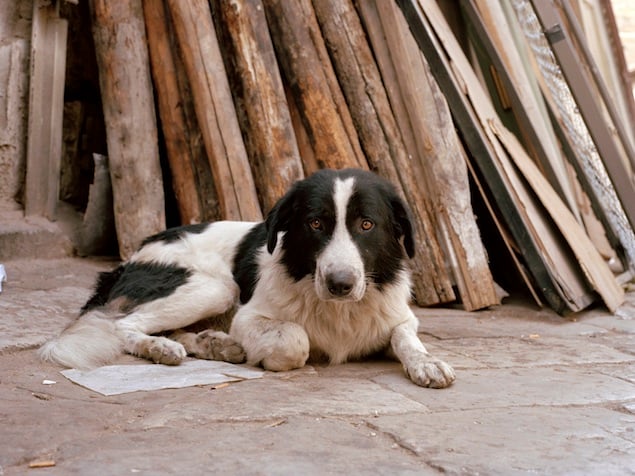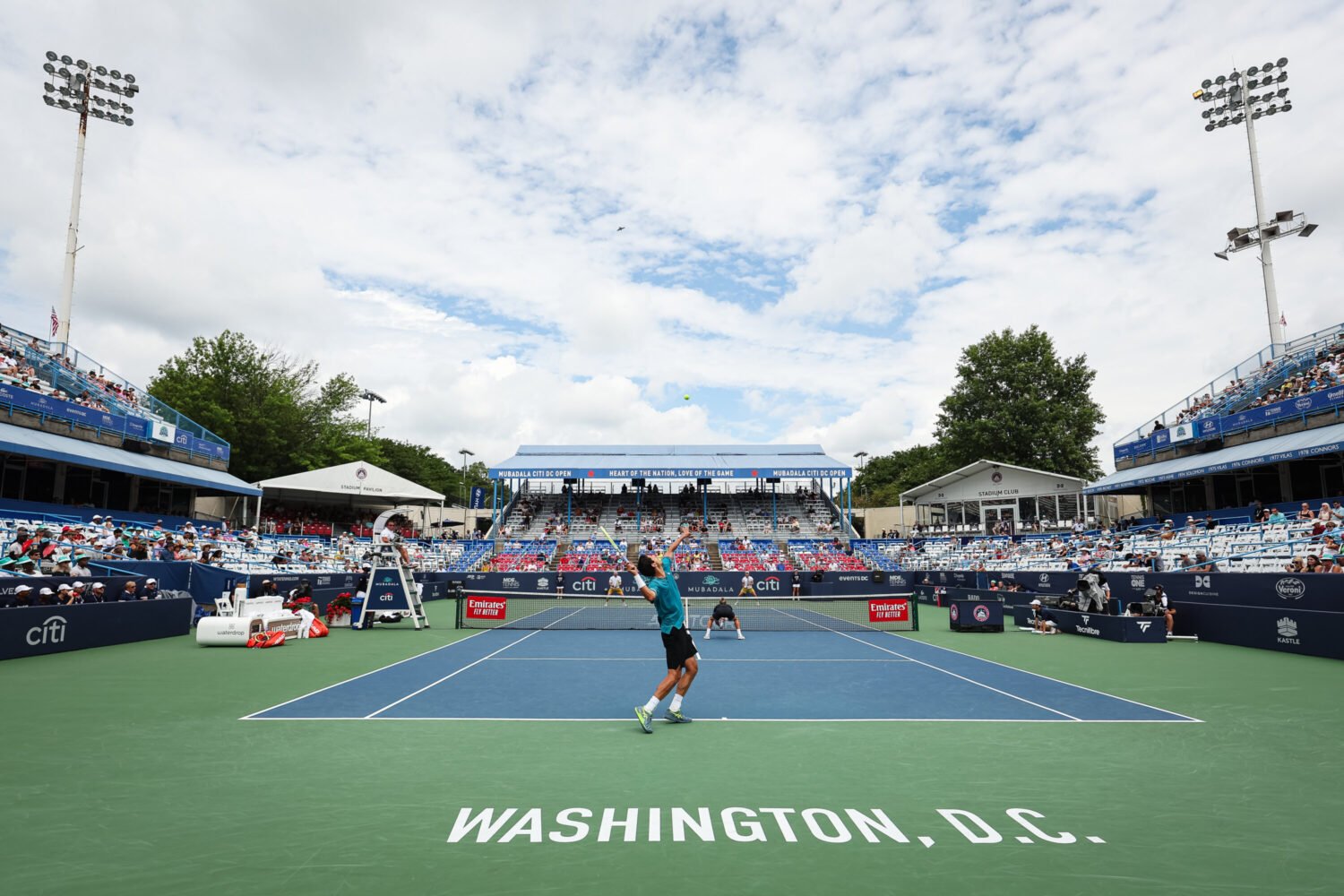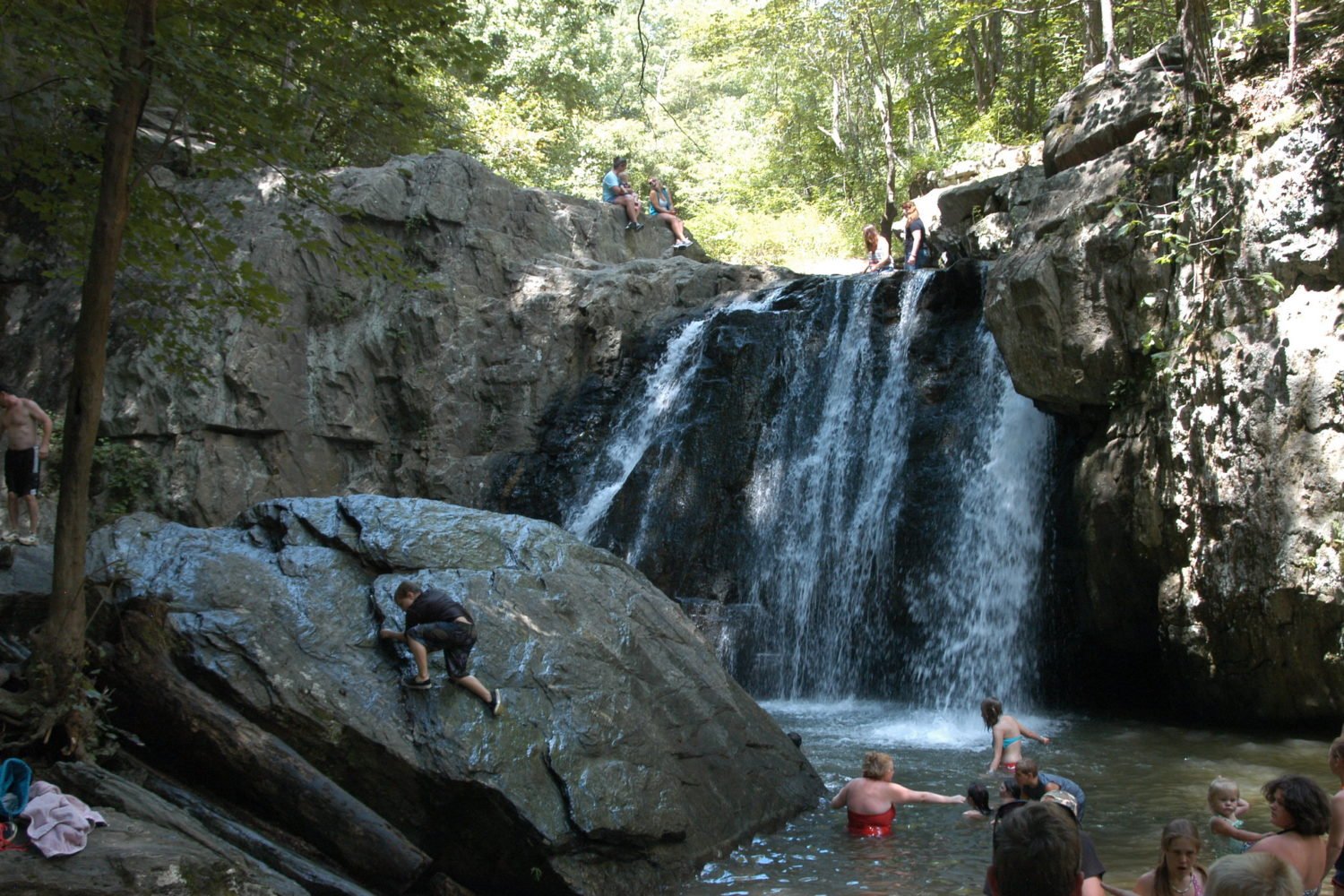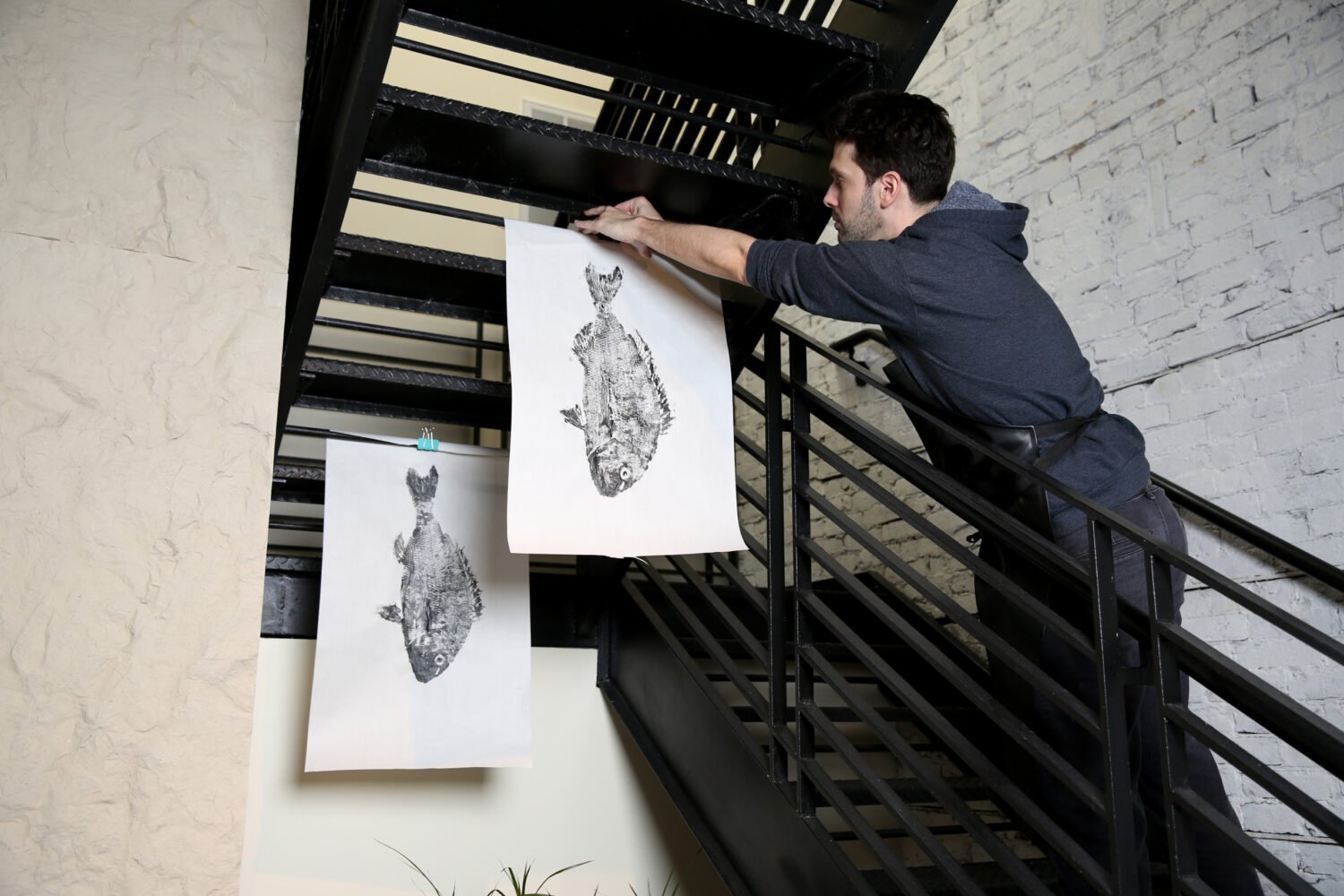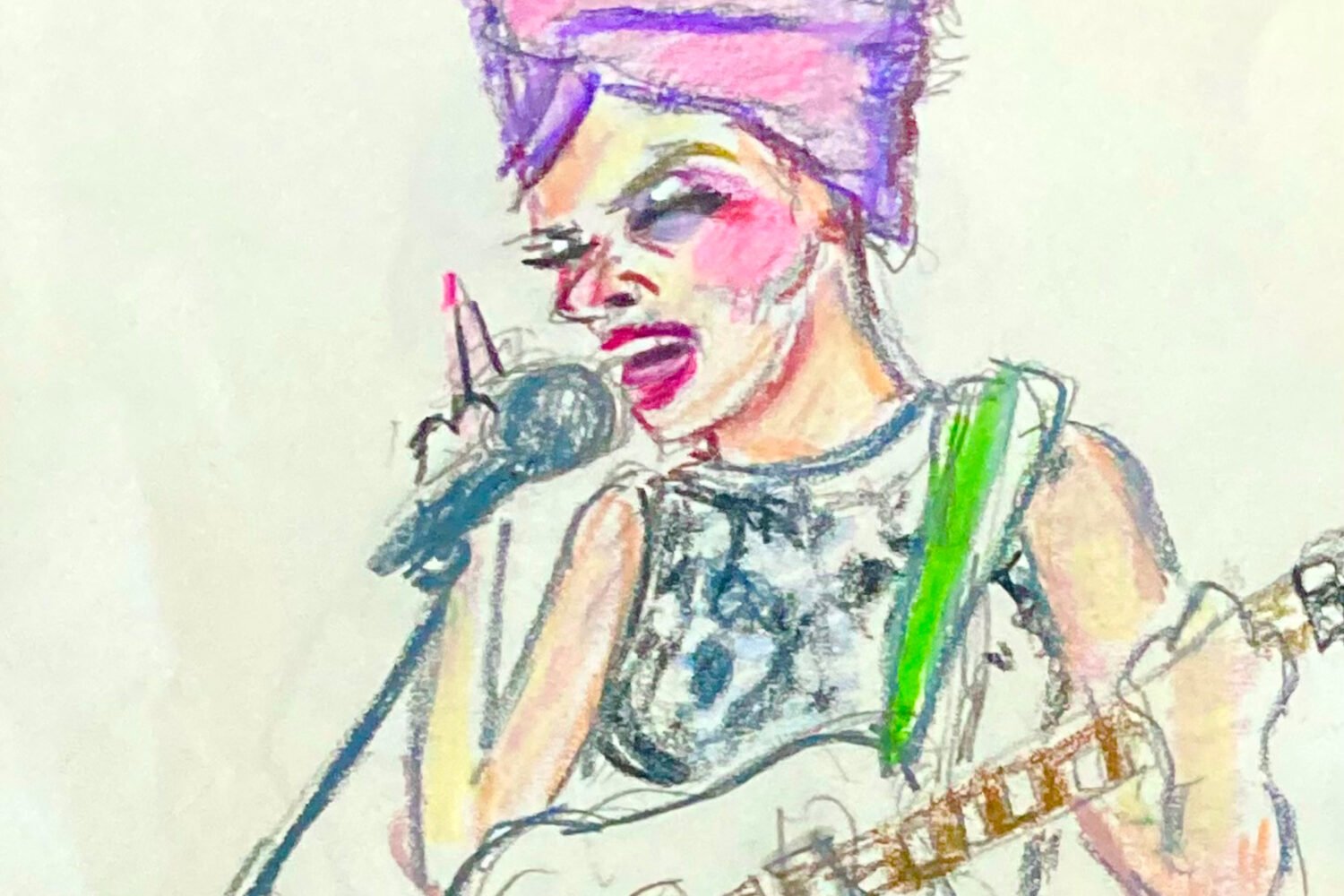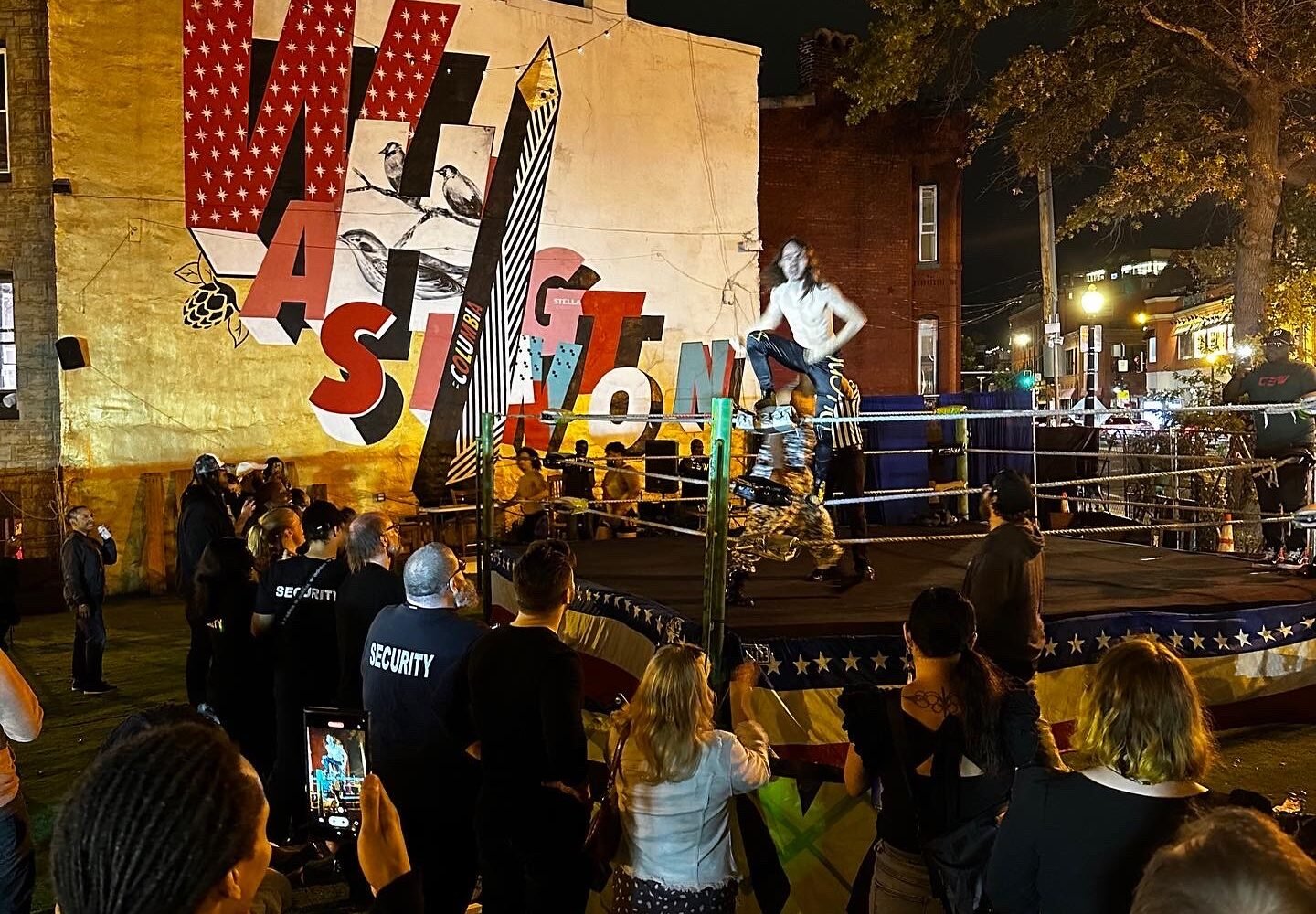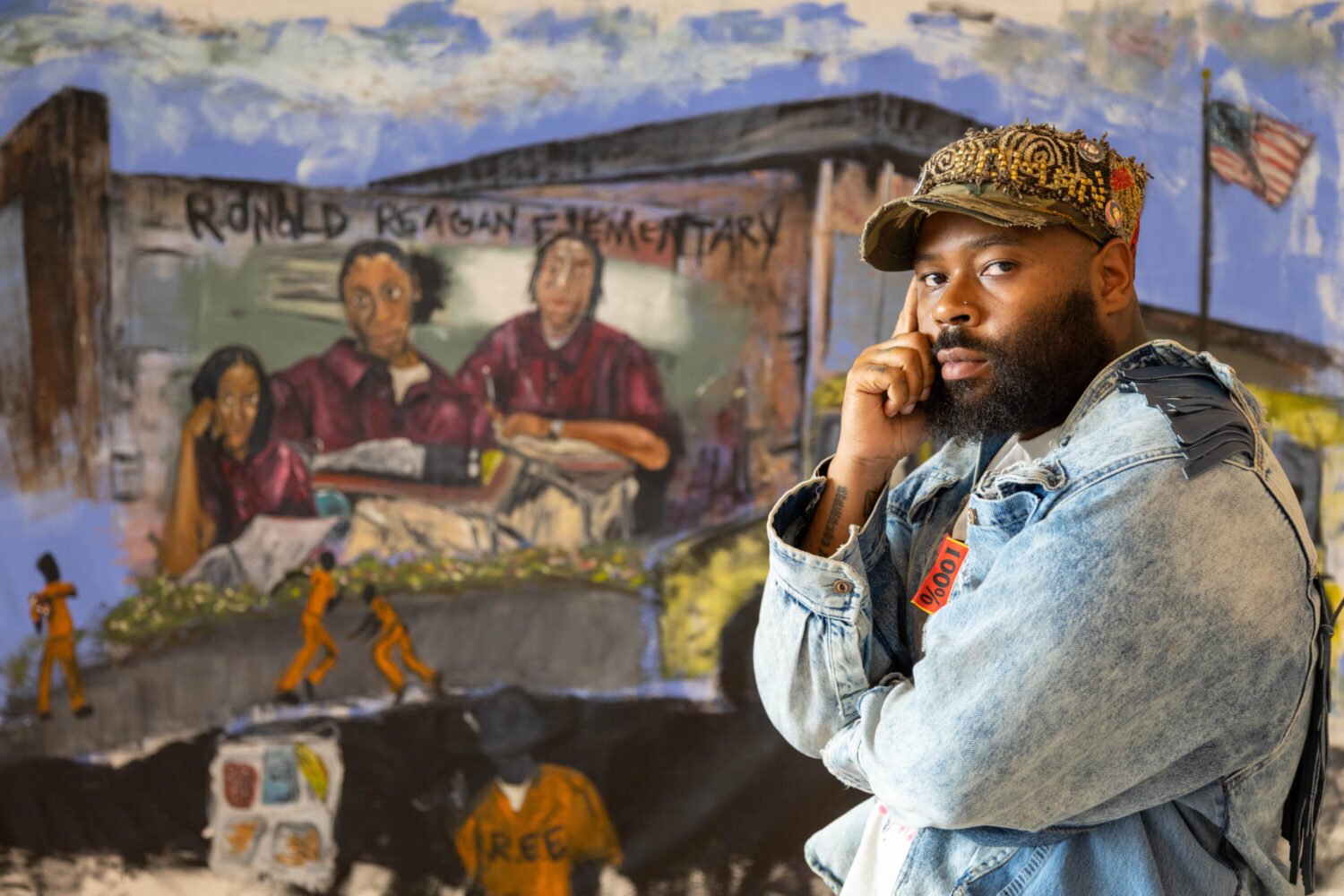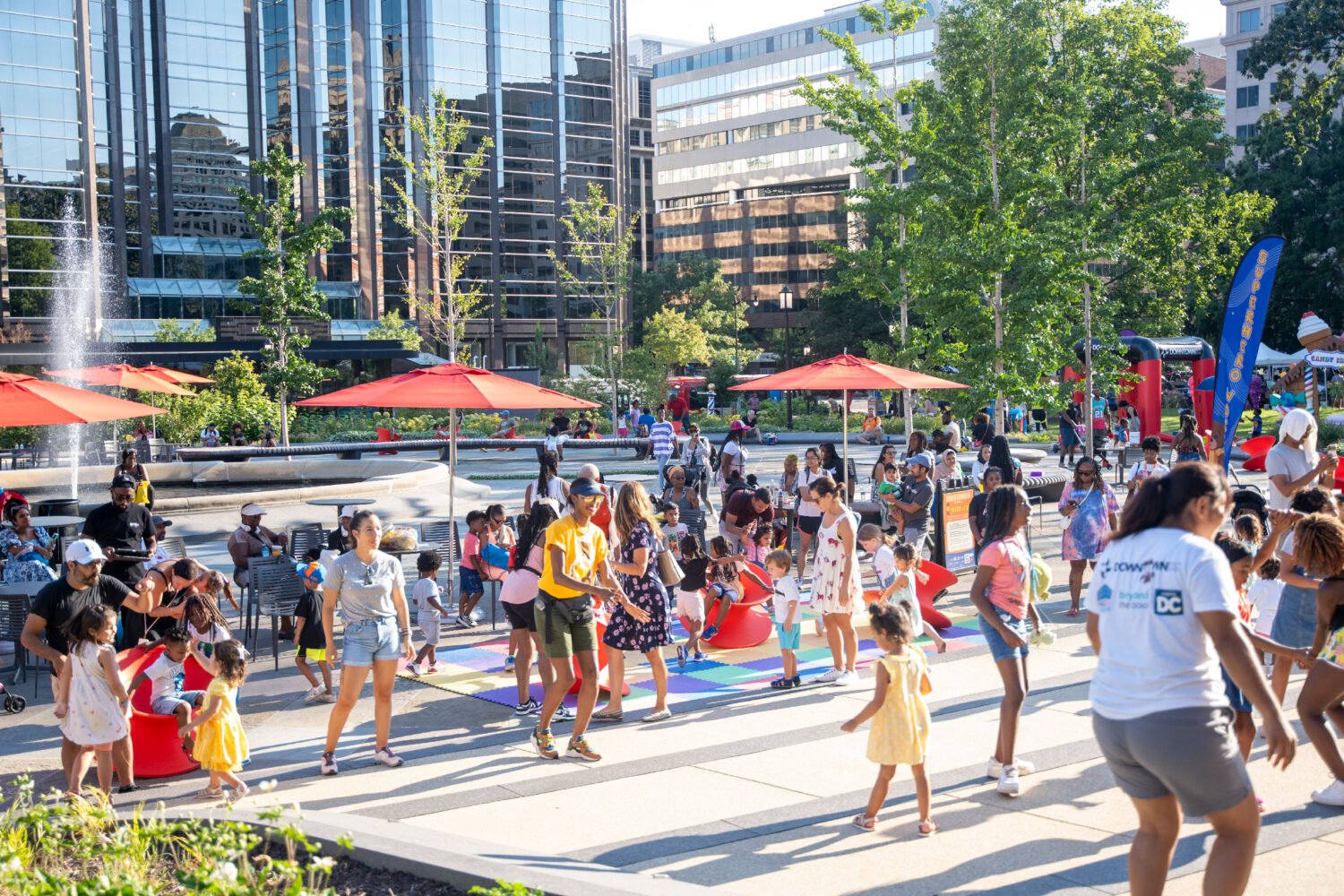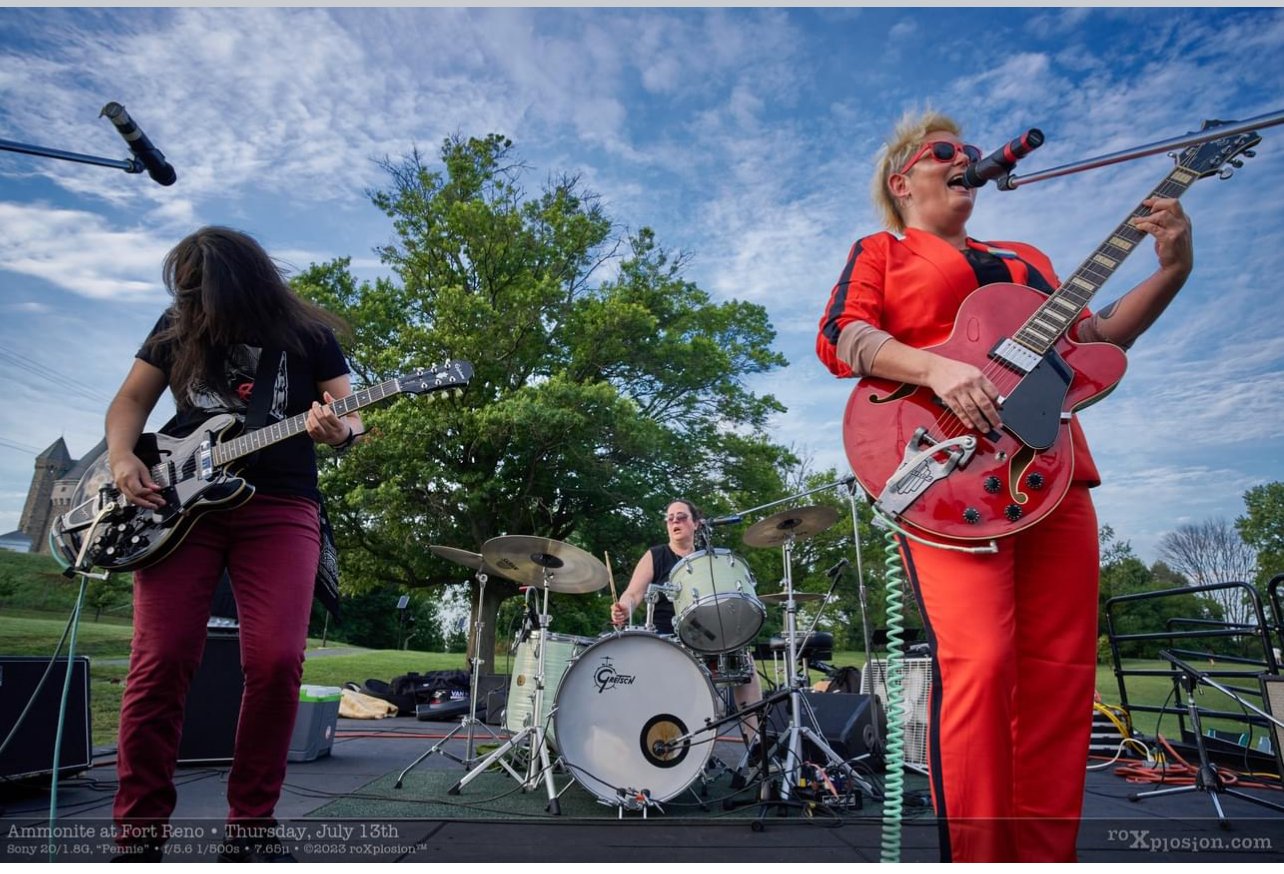“Charlotte Dumas: Anima” is many things, so let’s start by
saying this: These are not the kind of animal pictures you’ll see
in Buzzfeed posts, where fuzzy kittens wearing bow ties look
guilty or monochrome penguins appear to be laughing hysterically.
Dumas’s portraits are not cute. Her subjects are graceful,
poignant, thoughtful, and oddly human, and she lights and poses
them as if they were wealthy nobility sitting for Rembrandt or
Frans Hals rather than service horses or stray dogs living
among detritus on street corners.
“Anima,” at the Corcoran from July 14 through October
28, has four parts. The first, commissioned by the museum, sits in the
rotunda and consists of photographs the artist took of horses
in the Third US Infantry Regiment at Arlington Cemetery. Upstairs,
“Reverie” features portraits of wolves living in the wild,
“Palermo 7” captures Italian and French racehorses tethered in
their stables, and “Heart Shaped Hole” includes images of dogs
living on the street in Palermo, Italy. Each group of portraits
has its own distinct characteristics—the dogs are the most
emotive, the Arlington horses the most complex—but each also seems
to communicate Dumas’s overarching thesis. It’s hard to
surmise, looking at any particular print in the exhibition, that these
are “just” animals.
This is the first solo museum show in the US for Dumas, a
Dutch photographer based in Amsterdam and New York. In many ways,
her portraits seem to acknowledge her native country’s rich
artistic heritage, but they’re also extremely current. The caisson
horses captured at Arlington are relics of a different age, a
nod to a time when humans relied on horses for everything from
transport to farming, and Dumas photographs them at the end of
the day, when they’re exhausted and quietly vulnerable, their
heads bowed and their coats marked. In some cases she presents
just their torsos, slumped but still glossy.
The horses in “Palermo 7” are less polished, and their
blinkered eyes are often sad. Visibly sweating, they’re more vibrant,
and yet also confined to their stalls, heads tethered. There’s
less humanity in these pictures, and the accessories the horses
sport—leather reins, chains, blankets—feel sharply restrictive,
almost cruel. Far freer are the wolves in “Reverie,” which
Dumas captures while they’re sleeping, hunting, or simply
standing alert, teeth bared. The snow-laden forest behind them offers
a striking contrast to the darkness in which the horses were
photographed—these creatures are as much a part of their landscape
as anything else, and as such, they’re also less easy to
understand.
The most moving part of the show is “Heart Shaped
Hole,” its maudlin-country-song title a disservice to the stoic grace of the street urchins Dumas saw in Italy. Some are pictured in
cardboard boxes amid trash and rusty shopping carts; others
stand in front of glorious Italian architecture, no less noble
than their surroundings. Each has a dignity and a sense of
calm that it’s impossible not to be moved by. They are veterans
of the streets, and their eyes tell stories, which Dumas captures
with perfect precision.
“Charlotte Dumas: Anima” is at the Corcoran through
October 28. For more information, visit the Corcoran’s
website.

